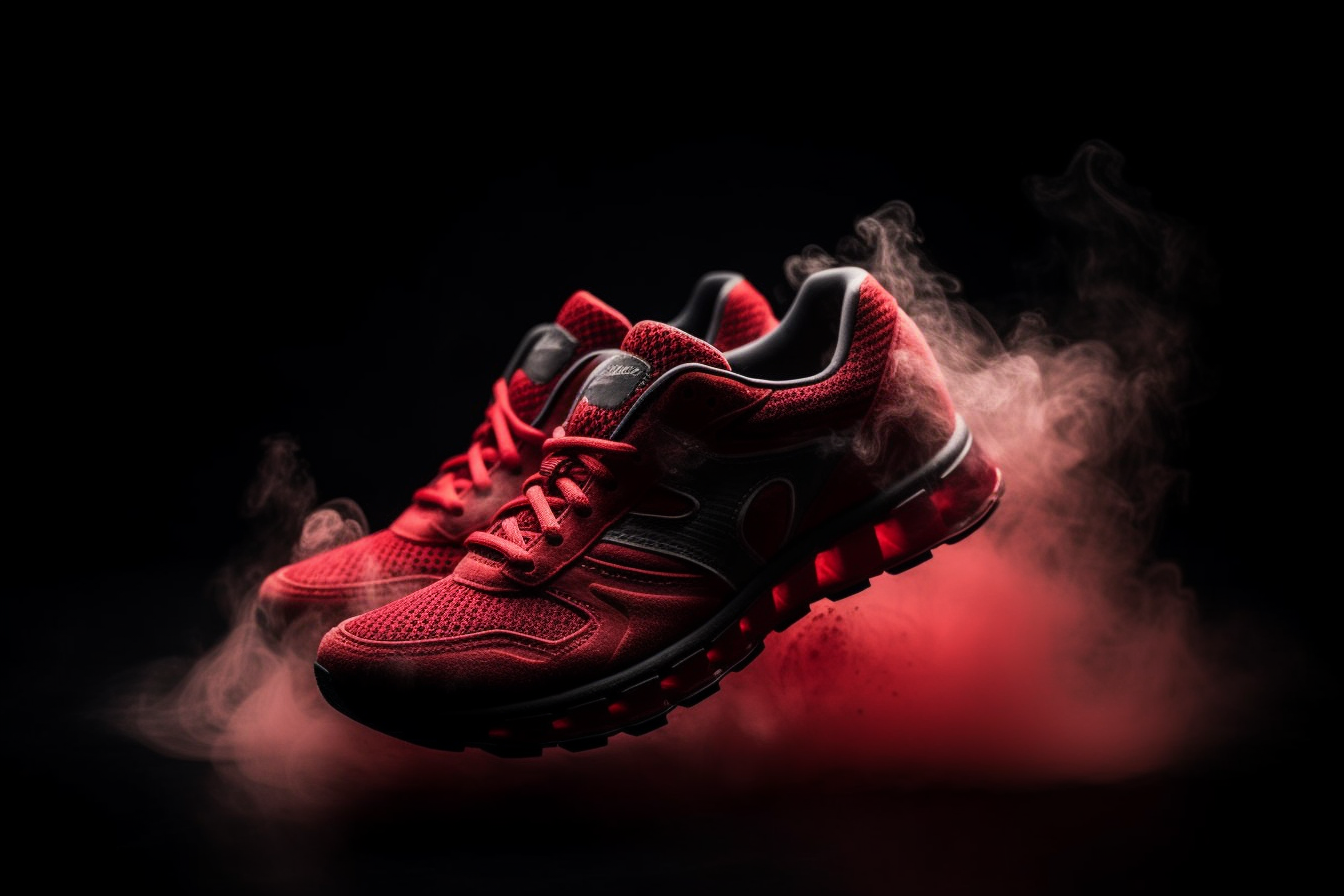There is a common belief that cushioned shoes protect runners from musculoskeletal stress and running injuries. Many people think that heavier runners should use shoes with more cushioning to prevent injuries. However, surprisingly, no study has demonstrated the positive impact of increased shoe cushioning on injury risk. In addition, the mechanisms that explain the potential protective effect of greater cushioning remain unknown.
The study, which was published in the journal Footwear Science, aimed to determine whether running in shoes with soft or firm cushioning affects the injury risk of recreational runners. It also sought to establish whether this association is influenced by the body mass of the runner.
The second goal was to compare the properties of soft and firm shoes in an attempt to find a functional explanation for any protective effect of cushioning.
The study involved a biomechanical analysis of running at baseline and a 6-month observation of injury risk. Healthy recreational runners (n = 848) were randomly assigned one of two shoe prototypes that differ by cushioning.

The overall shoe stiffness was 61 ± 3 and 95 ± 6 N/mm in the soft and firm shoe versions, respectively. All participants were tested in the provided pair of shoes on a treadmill, where ground reaction forces (GRF) were recorded. Training and injury data were collected over 6 months.
Running-related injuries were defined as any musculoskeletal pain in the lower extremities associated with running that resulted in a restriction or interruption of running for a period of at least 7 days.
During the observation period, 15% of the participants, which is 128 runners, experienced at least one running-related injury. The overall injury rate was 5.7 running injuries per 1000 hours of running. Runners who wore soft shoes had a lower risk of developing injuries. Furthermore, lighter runners benefited more from soft shoes, while heavier runners did not show any significant benefit.
The average running speed during the test was 9.9 ± 1.5 km/h. One participant had an average of 325 ± 19 steps analyzed. The soft shoe group had a higher peak vertical impact force (VIPF) compared to the firm shoe group (1.53 ± 0.21 vs. 1.44 ± 0.23 times body weight, respectively).
However, the percentage of steps with detectable VIPF was lower in the soft shoe group (84% vs. 97%, respectively), and the time to develop VIPF was longer (47 ± 9 vs. 43 ± 7 ms, respectively). No significant differences in any other biomechanical parameters were observed between the two groups.
Overall, the risk of injuries was lower for runners who received shoes with higher cushioning properties. Contrary to common belief, only lighter runners derived greater benefits from high cushioning.
In conclusion, the results suggest that the positive effect of greater cushioning cannot be explained by a reduction in peak vertical impact force or vertical loading rate. Taken alone, these foot reaction force indicators upon ground contact are likely not suitable markers to illustrate the relationship between shoe cushioning and injury risk. However, the delayed onset of peak force during running and the percentage of steps with peak force may be of significance.

